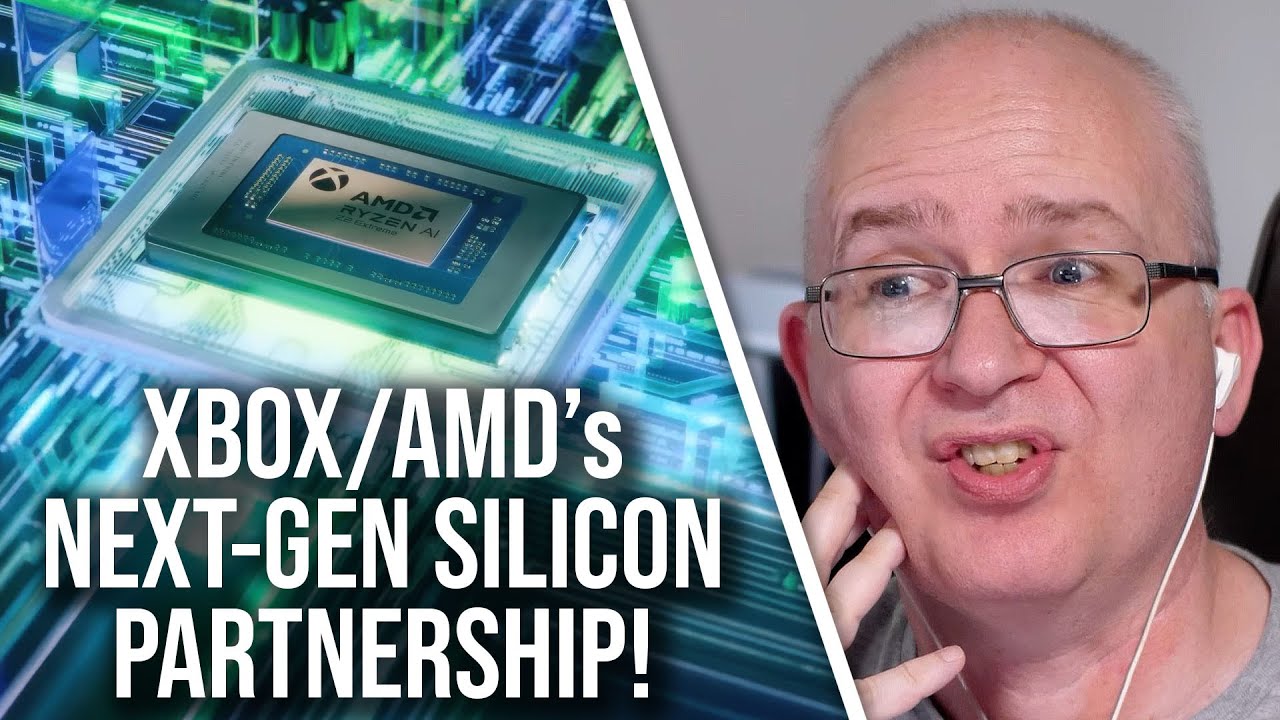Microsoft’s multi-year partnership with AMD aims to develop next-generation Xbox devices that embrace a PC-like, Windows-based gaming ecosystem, focusing on multiple hardware types, backward compatibility, and iterative updates rather than traditional console generations. This strategic shift suggests broader access to Xbox games across various devices, potentially integrating Xbox functionality with Windows PCs and expanding AMD’s presence in the gaming market, though many implementation details and timelines remain uncertain.
Microsoft has announced a multi-year strategic partnership with AMD to power the next generation of Xbox devices, signaling a shift towards a more PC-like, Windows-based gaming ecosystem. The announcement was deliberately vague, leaving many questions unanswered about the future of Xbox hardware. Key takeaways include the focus on multiple device types, including handheld consoles and cloud gaming, and the emphasis on backward compatibility, though specifics on how this will be implemented remain unclear.
The partnership suggests a move away from traditional console generations towards a more iterative hardware model, potentially similar to the PC market or Apple’s M-series processor approach. This could mean more frequent updates and a broader range of gaming-optimized chips tailored for consoles, handhelds, PCs, and cloud platforms. However, the timeline for these next-generation devices remains uncertain, with industry speculation pointing towards a 2027 or 2028 release.
A major point of discussion is how Microsoft plans to integrate Xbox functionality with Windows PCs. There is speculation about whether future Xbox devices will run a version of Windows natively or use a dual-boot system with a dedicated Xbox OS partition for backward compatibility. The goal appears to be creating a seamless experience where Xbox games can run on Windows-based hardware with specialized software features, though the exact implementation and how this will affect game stores and monetization remain unclear.
The announcement also raises questions about Microsoft’s market strategy, especially given the competitive landscape with Sony’s PlayStation and Nintendo’s Switch. Microsoft’s focus seems to be on providing flexibility and broad access to Xbox games across various devices rather than solely competing through exclusive hardware. This approach could involve partnerships with OEMs to produce a range of Xbox-compatible PCs, potentially expanding AMD’s presence in the pre-built gaming PC market and moving away from the traditional high-volume console sales model.
Overall, the partnership with AMD and the shift towards Windows-based Xbox devices represents a significant strategic realignment for Microsoft. While many details are still unknown, the move signals a future where gaming is less about fixed console generations and more about a versatile, PC-like ecosystem that supports multiple hardware form factors and emphasizes backward compatibility and cross-platform play. Fans and industry watchers will need to wait for further announcements to fully understand how this vision will materialize.
